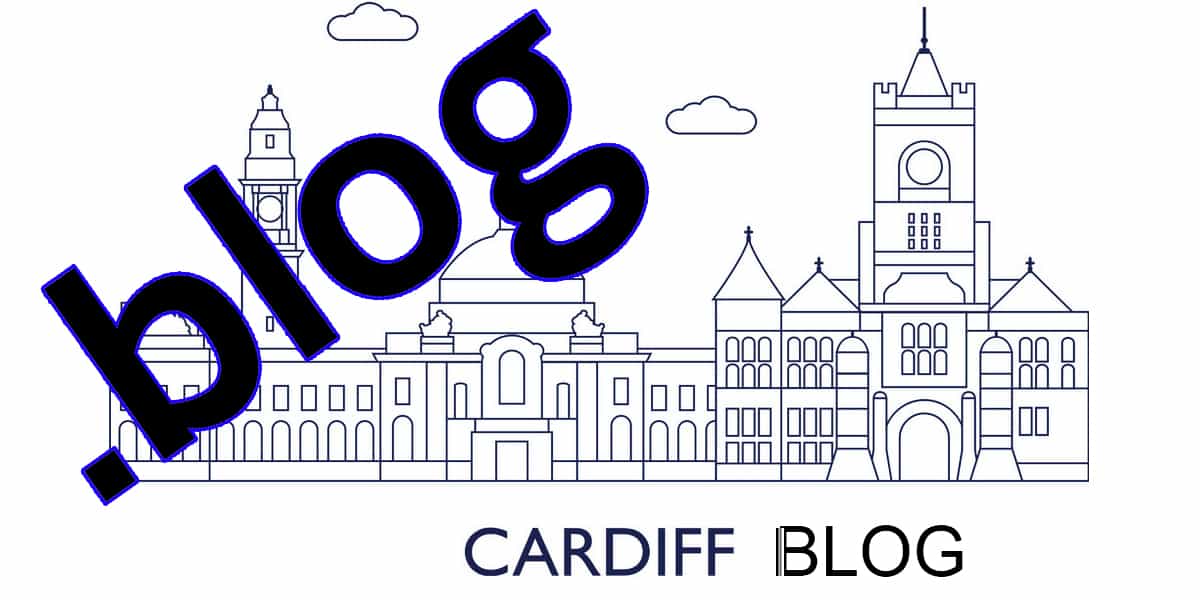Market Research 2025
Market Research Introduction
Market Research in 2025 plays a pivotal role in helping businesses understand consumer behavior, industry trends, and emerging market opportunities. As competition intensifies in the digital era, organizations rely heavily on data-driven insights to make informed decisions. Modern market research uses advanced analytics, artificial intelligence, and predictive tools to go beyond surveys and focus groups. By integrating real-time data and consumer sentiment, brands can identify patterns, anticipate needs, and create strategies that align with evolving market demands. The future of market research emphasizes agility, innovation, and strategic foresight.
All about Market Research
Market research is the process of collecting, analyzing, and interpreting data about consumers, competitors, and industry dynamics. It serves as the foundation for marketing, product development, and business strategy. In 2025, market research combines traditional methodologies with cutting-edge technology like machine learning, big data analytics, and automated reporting systems. The goal is not just to gather information but to transform it into actionable insights that drive growth. By understanding what motivates customers and how markets evolve, companies can reduce risk and seize new opportunities faster than ever before.
The Evolution of Market Research
Market research has evolved dramatically over the past decade. What once relied on manual data collection now leverages AI, digital surveys, and behavioral tracking. In 2025, researchers use cloud-based platforms that process huge amounts of data from multiple sources, including social media, ecommerce transactions, and mobile applications. Emerging technologies like sentiment analysis and predictive modeling allow businesses to forecast trends with greater accuracy. This evolution helps organizations transition from reactive to proactive market strategies, enabling continuous adaptation to customer needs and global changes.
AI and Data Analytics in Research
Artificial Intelligence and data analytics are central to modern market research. These technologies analyze massive data sets quickly, uncovering patterns that human researchers may overlook. In 2025, AI-driven research tools generate continuous insights from real-time data streams. Automated analytics platforms categorize customer behaviors, sentiments, and purchase habits, helping brands position themselves more effectively. This data intelligence saves time and resources while offering more accurate market predictions. With automation handling repetitive tasks, researchers can focus on strategic interpretation and creative problem-solving.
Consumer Behavior and Personalization
Understanding consumer motivation remains a top priority for businesses. In 2025, market researchers study both psychological and digital behavior to capture a complete picture of the customer journey. Personalization has become the standard—consumers expect brands to know their preferences and tailor offerings accordingly. Researchers utilize behavioral mapping, eye-tracking technology, and voice feedback analysis to uncover deeper emotional triggers. These insights allow businesses to design more effective communication strategies and build long-term customer loyalty by delivering personalized experiences across channels.
Globalization and Cross-Cultural Insights
With business moving rapidly across borders, global market research is increasingly important. In 2025, international research incorporates cultural diversity, regional economic conditions, and local consumer preferences. Cross-cultural analysis provides brands with the tools to adapt products and marketing strategies for different geographic markets. AI-powered translation and sentiment tools simplify multilingual research, ensuring a better understanding of consumers worldwide. Global research fosters innovation and inclusivity, helping brands connect authentically with diverse audiences while maintaining consistent values and messaging.
Ethics, Privacy, and Data Protection
As data collection becomes more extensive, privacy and ethics are central to responsible market research. In 2025, researchers adhere to strict data protection regulations and transparent consent practices. Trust plays a crucial role in how consumers share information, making ethical research methods a competitive advantage. Businesses invest in secure technologies that ensure anonymity and compliance with global standards. Ethical research not only safeguards consumer rights but also enhances brand reputation, laying the foundation for sustainable, long-term relationships between companies and their audiences.
Emerging Trends and Future Outlook
The future of market research is driven by innovation and adaptability. In 2025, immersive technologies like virtual reality (VR) and augmented reality (AR) are used to simulate environments where consumer responses are measured in real time. AI voice agents conduct conversational interviews, and blockchain ensures data authenticity. Sustainability and social responsibility are also major research priorities as consumers favor eco-conscious brands. The next generation of market research combines technology, creativity, and empathy to create meaningful connections between brands and consumers.
Market Research Summary
Market Research 2025 marks a new era of intelligent analysis, personalization, and ethical innovation. By harnessing AI, data analytics, and global insights, businesses gain reliable knowledge to anticipate change and make strategic decisions. Consumer understanding has become more precise, dynamic, and actionable, allowing brands to innovate faster and stay ahead of competition. As technology continues to shape data interpretation, market research remains the foundation for growth, offering a roadmap for smarter, more customer-centered business success.
